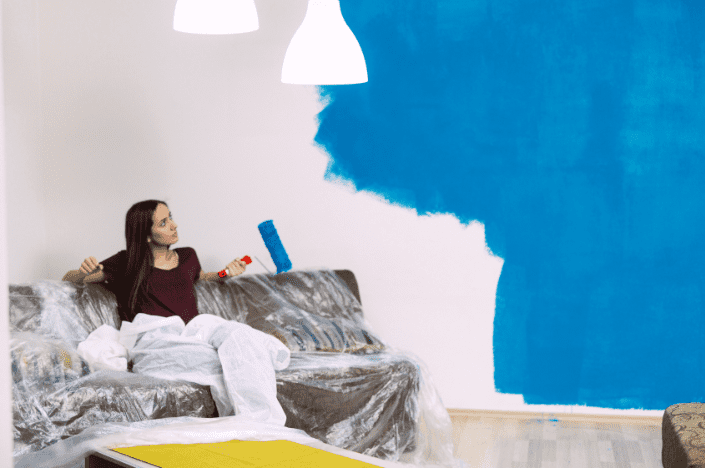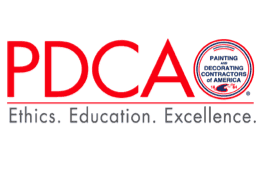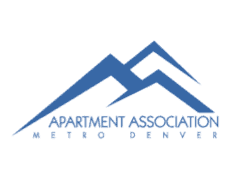The best way to avoid the most common paint problems is to understand them before tackling this can-be-intimidating project.
Color is essential in defining a room – it evokes a feeling, mood, or response from all who enter. So, it is natural for you to want to give your space a makeover to best share your unique vibe. But you don’t want to do it at the risk of a poor outcome.
So understanding the pitfalls first – before you grab a brush or roller – will help you get the beautiful results you deserve.
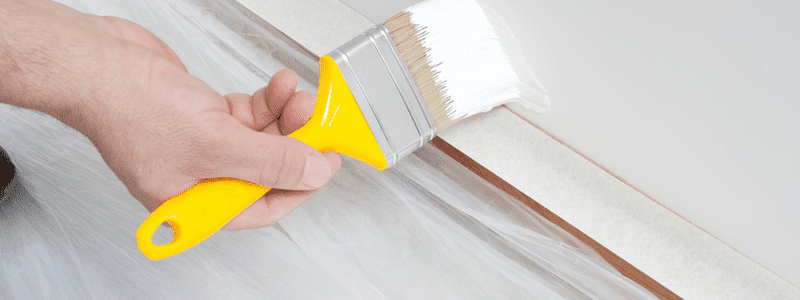
What Are the Most Common Paint Problems That DIYers Experience?
Painting looks easy at face value, especially on social sites like Pinterest. But the reality is that it takes a good bit of practice, know-how, and tons of prep work to get a flawless finish.
Here are five of the most common paint problems Colorado Painting has experienced.
- Cracks or small fissures in the dried paint
- The finished product starts to peel or flake
- A finish that has a bubbly or blistered appearance
- Paint running or dripping from the surface
- A rough-textured finish
Now that you know some of the difficulties some people experience in painting, we can look at the causes. More importantly, we can talk about how to fix them.
What Causes Paint Cracks or Fissures?
Cracks in your paint job mean that the paint did not adhere to the surface correctly.
That’s usually the result of three possible reasons:
- The paint dried too quickly (often by a fan or heater used by a well-intentioned painter)
- A DIYer did not prime the surface first
- The room or surface was too humid
How to fix cracked paint:
You may ask yourself this question: Can you paint over cracking paint? Unfortunately, adding more paint over this poor surface will not fix your issue.
But here’s the good news.
Although the repair is time-consuming, it is a relatively simple problem to fix.
- Sand the affected areas to smooth the surface
- Vacuum up all grit and debris–then give the walls a quick wipe with a damp (not wet) cloth.
- Apply primer (if you skipped that step); allow the primer to dry completely (check the manufacturer’s label)
- Reapply the paint.
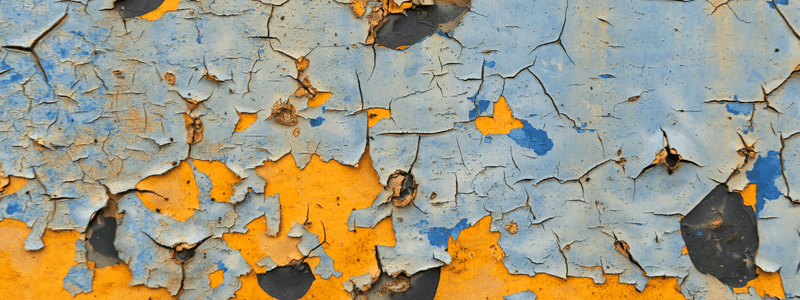
What Causes Paint to Peel or Flake?
Flaky paint usually results from using an old or low-quality primer or paint.
Avoid the urge to “use up” old paint in the garage from a decade ago just because you spent money on it – this will only lead to more headache and paint later.
How to fix flaky paint:
Like the previous problem, you cannot take shortcuts or hide this poor finish.
Here’s what to do:
- Use a scraper to gently separate flakes. They will likely start to come off in large peels.
- Sand the surface to make it smooth again.
- Vacuum any sanding particles and damp wipe the walls. Let them dry completely (it takes just a few moments).
- Apply a new, good-quality primer; let it cure according to the manufacturer’s instructions.
- Use unexpired, good paint to reapply.
What Causes Paint Bubbling and Blistering?
Similarly to one of the previous common paint problems – paint cracking – pain bubbling indicates that the product did not adhere well to the surface.
Generally, this comes from one of these two things:
- Attempting to paint over a dirty surface
- Trying to put latex over an oil-based paint type
The paint may somewhat grip to the surface in most places, but other areas may have too much “slip,” and that is where bubbles or blisters form.
How to fix bubbly or blistered paint:
If your wall was clean at the start of your project, you might have oil-based paint underneath – hire Colorado Commercial & Residential Painting for professional results. We have the correct bonding primer to switch from older oil-based paints to modern-day latex and the experience to give you the best finish. It is one of the common paint problems our pros see in mid-century or older homes.
However, if you have an oil-splattered or dirty wall on your hands, you can fix this problem yourself.
Here’s how:
- Sand the affected areas to create a smooth surface.
- Vacuum the sanding and paint debris and use a damp cloth to wipe down all the wall surfaces to remove all dirt, cobwebs, oils (especially cooking oils in a kitchen), or any other barriers to adhesion. Let the walls dry after your wipe-down.
- Apply a high-quality primer; let it cure per the manufacturer’s instructions.
- Reapply your paint color of choice.
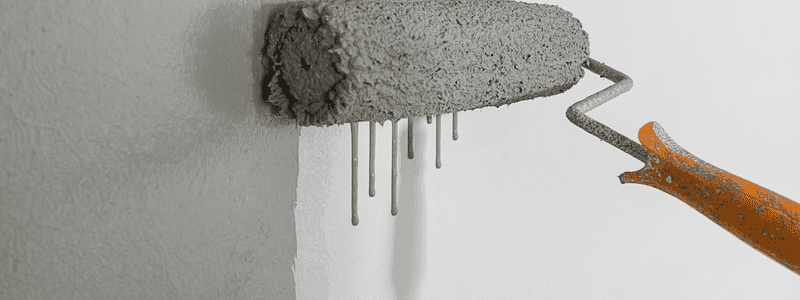
What Causes Running or Dripping Paint?
Paint runs or drips indicate that you loaded too much product into the brush or roller – one of the most common paint mistakes for an enthusiastic DIYer.
Fortunately, most notice this issue pretty quickly. Stop as soon as you notice it and address it immediately.
How to fix running or dripping paint:
- Stop using the overloaded paint brush – grab a clean one.
- If the run is still wet, you can try to pick the paint up and feather it out, blending it with the rest of the surface.
- If the paint has already dried, you should wait until all the paint in the room dries completely. This patience will help you avoid an altogether new mess.
- Sand down the run.
- Vacuum any debris and damp-wipe the wall – allow it a few minutes to dry.
- Repaint the wall – don’t panic if the paint appears darker than the nearby surfaces. Remember, the surrounding area is dry, and the tone changes.
How to grab the correct amount of paint with your brush:
- Dip the brush no more than halfway into your paint tray
- Wipe excess primer or paint off on the edge of the tray or paint can
- Allow the bristles to soak up the paint for just a couple of seconds
- Do not proceed to try to repair the paint run with an overloaded brush.
What Causes a Poorly-Textured Wall Finish?
Poor texture arises from poor preparation, and it’s usually the same culprit – a dirty or gritty wall. Some inexperienced painters get so excited to start their projects that they don’t even consider cleaning first.
This common paint problem is similar to bubbling and blistering – and you can fix it the same way.
- Sand the surfaces to create smoothness.
- Vacuum and damp-wipe down every nook and cranny (not too wet!) and let it dry.
- Apply a good primer; let it cure according to the manufacturer’s label.
- Reapply the paint.
Avoid Most Common Paint Problems with a Professional Painter
Painting looks easy when you look at the DIY sharers on Pinterest – but it does take practice, knowledge, and excellent preparation.
If you want a flawless finish that will impress your visitors, you might find it more convenient to rely on the Colorado Commercial & Residential Painting professionals. We will give you the luxe look you desire.























